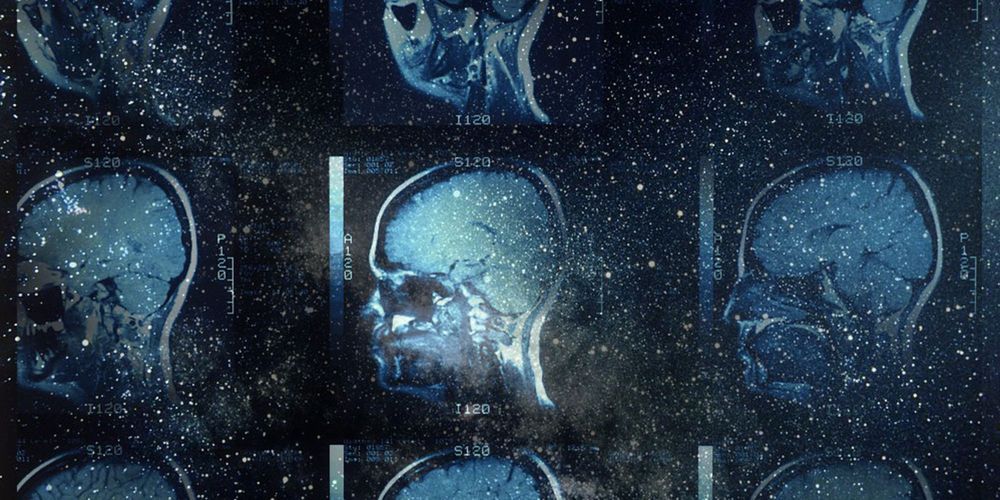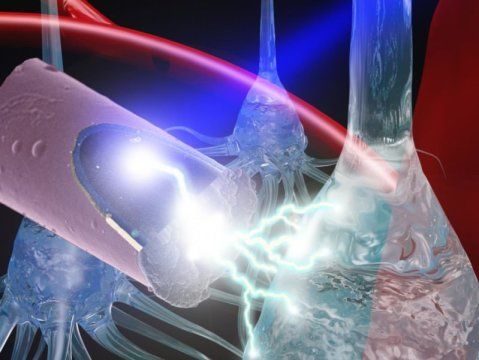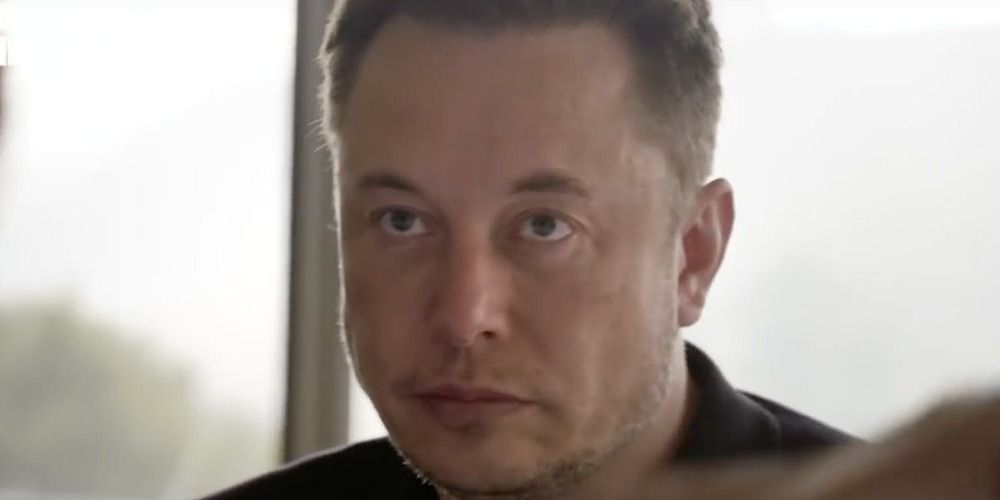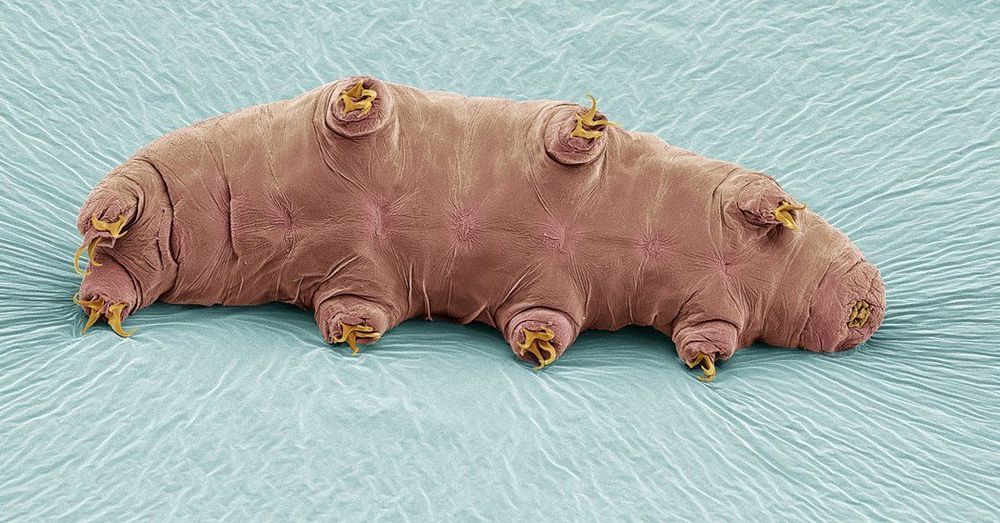Page 9027
Feb 19, 2019
Neuroscience confirms your subconscious shapes your reality
Posted by Quinn Sena in category: neuroscience
Groundbreaking neuroscience confirms what Sigmund Freud first theorized: that what we believe to be the objective reality surrounding us is actually formed by our subconscious. David Eagleman explains:
Feb 19, 2019
How Measles Hacks the Body—and Harms Its Victims for Years
Posted by Quinn Sena in category: biotech/medical
The virus is the most contagious in the world, exploiting the human body’s immune system to spread with extreme agility and harming its victims for years.
Feb 19, 2019
TCL is working on a foldable phone that bends into a smartwatch
Posted by Quinn Sena in category: mobile phones
It’s one of a family of foldable devices in development with the Chinese company, best known for budget televisions.
- by
-
Shara Tibken
Feb 19, 2019
Bioengineers create ultrasmall, light-activated electrode for neural stimulation
Posted by Quinn Sena in categories: bioengineering, biotech/medical, neuroscience
Neural stimulation is a developing technology that has beneficial therapeutic effects in neurological disorders, such as Parkinson’s disease. While many advancements have been made, the implanted devices deteriorate over time and cause scarring in neural tissue. In a recently published paper, the University of Pittsburgh’s Takashi D. Y. Kozai detailed a less invasive method of stimulation that would use an untethered ultrasmall electrode activated by light, a technique that may mitigate damage done by current methods.
Feb 19, 2019
Elon Musk Wants to Create Human-A.I. Link and “Make Everyone Hyper-Smart”
Posted by Quinn Sena in categories: Elon Musk, robotics/AI
Feb 19, 2019
How oyster mushrooms helped clean up after California’s wildfires
Posted by Quinn Sena in category: food
Mycelia consume their food externally, by secreting powerful enzymes that break down molecules. In other words, they “digest” whatever substrate, or surface, they’re growing on, converting it to nutrients and—depending on the substrate—edible mushrooms.
Proponents say it’s a natural, more benign, and potentially cheaper alternative to the “scrape and burn” approach to environmental clean-up, which involves digging up contaminated soil and incinerating it.
The problem with that traditional approach is that it can remove potentially fertile topsoil, says Theresa Halula, who teaches mushroom cultivation at Merritt College in Oakland, California. Mycoremediation, on the other hand, she says, can help clean up toxic sites while actually improving soil fertility.
Continue reading “How oyster mushrooms helped clean up after California’s wildfires” »
Feb 19, 2019
Searching Tardigrades for Lifesaving Secrets
Posted by Quinn Sena in categories: biotech/medical, space
There are many instances in medicine when it would be helpful to stop, or greatly slow down, time. Doing so could spare a limb from amputation, prevent paralysis after a stroke or save your life following a heart attack.
Across the tree of life, there are many organisms that can essentially cheat time by decelerating their biology. Chief among them is the tardigrade, a creature no bigger than a speck of sand that can survive severe temperatures and pressures, outer space and all sorts of apocalyptic scenarios by entering a dormant state called anhydrobiosis.
A team at Harvard Medical School is studying tardigrades in hopes of finding medical treatments that halt tissue damage. In particular, the scientists are drawing inspiration from special proteins suspected to help tardigrades achieve suspended animation. They aim to synthesize a version of these proteins that can enter human cells and pause processes leading to cell death.
Continue reading “Searching Tardigrades for Lifesaving Secrets” »
Feb 19, 2019
Big discoveries often need big detectors, and Fermilab’s Deep Underground Neutrino Experiment is one of the biggest
Posted by Quinn Sena in category: cosmology
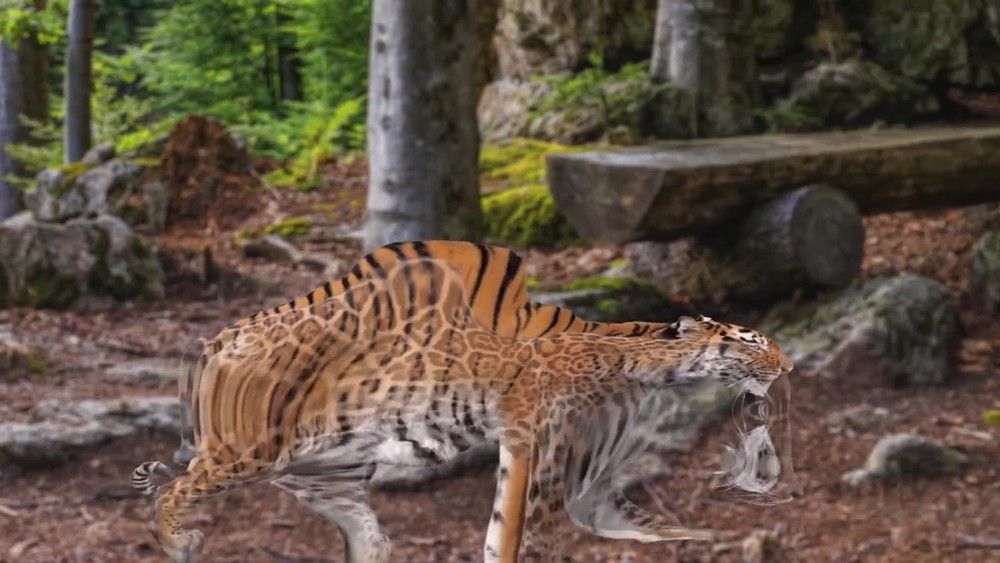
Fermilab plans to send beams of neutrinos and antimatter neutrinos through the earth from Chicago to South Dakota. The DUNE experiment will study neutrino interactions in great detail, with special attention to: 1) comparing the behaviors of neutrinos vs. antineutrinos, 2) looking for proton decay, and 3) searching for the neutrinos emitted by supernovae. The experiment is being built and should start operations in the mid-to-late 2020s.
It’s just a matter of time before we build a machine that can take us into the far future.

